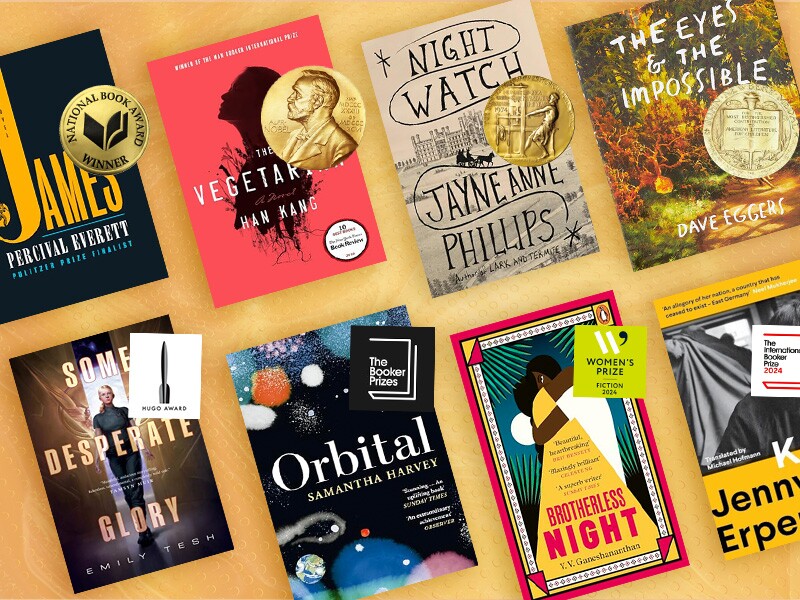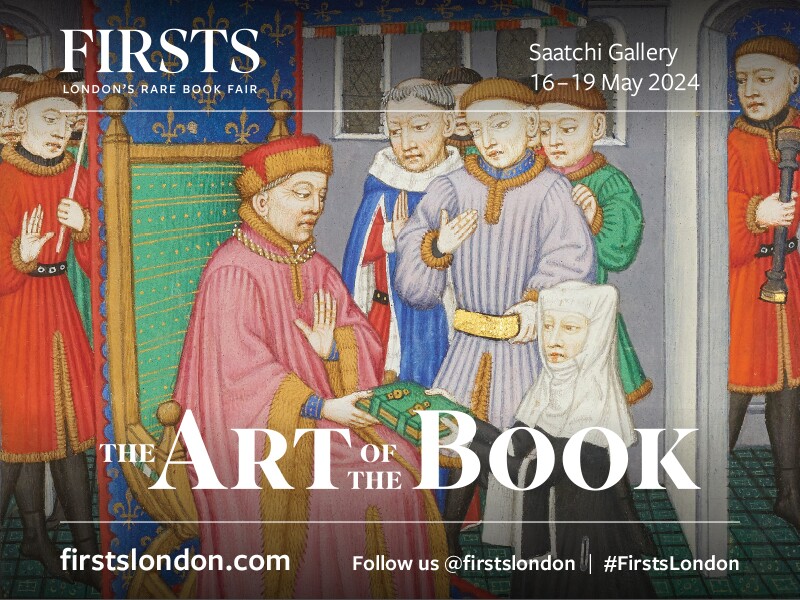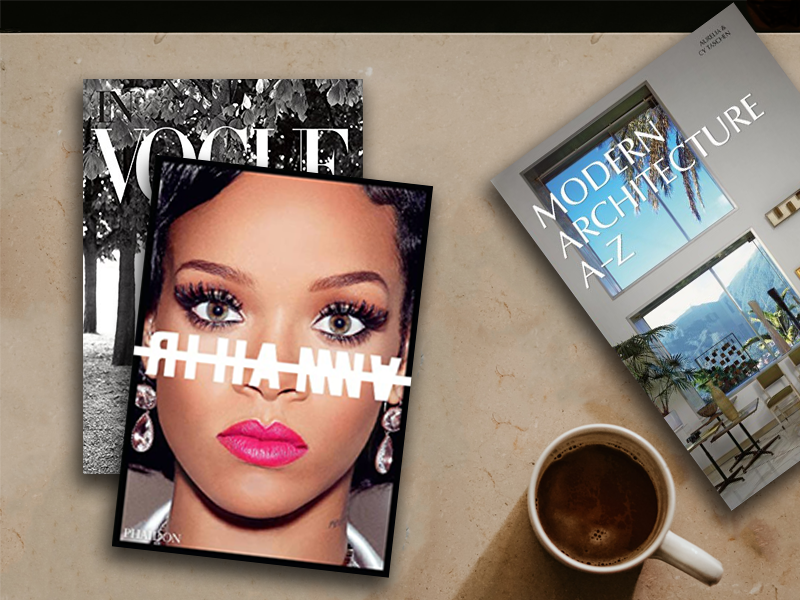Lithography has been around for more than 200 years after a bright spark in Germany called Alois Senefelder invented this form of printing. The term comes from the Greek words for 'stone' and 'to write.'
The process involves oil and water with an image being applied to a stone surface using a crayon or pencil or some other instrument. The stone is then covered with water. Ink is applied to the stone and the ink is attracted to the oil-based surface of the artwork. The image is transferred from the stone to paper, and voila - you have something thrilling. The process can be relatively simple for a pen-and-ink drawing or complex for an elaborate painting.
To most people, the printing process doesn't matter (although you should always look for the quality of the print itself). What's important is that lithograph prints offer the chance to own a piece of beautiful artwork printed by a craftsman that has been reproduced in small quantities from an original image.
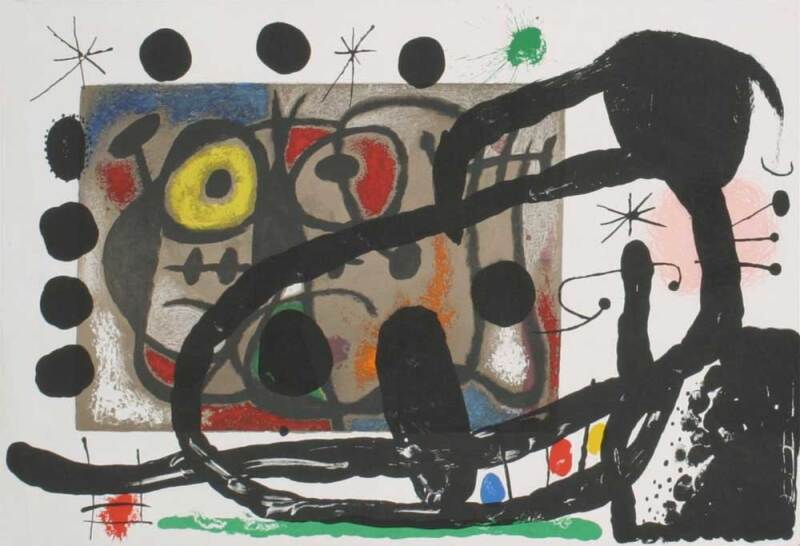
An original piece of artwork by a famous artist is expensive. A lithograph print is more affordable but still carries a tag of exclusivity, quality and value as there is almost certainly not going to be many copies. It's not something that is mass produced. Potentially, a lithograph print will have a limited quantity, perhaps be numbered and even signed by the artist. It's possible that the artist him or herself actually printed the lithograph in some cases.
Watch out for the term "original lithograph" - this is an original art concept delivered for the first time via lithography. It is not a reproduction and potentially an original lithograph is going to demand higher prices.
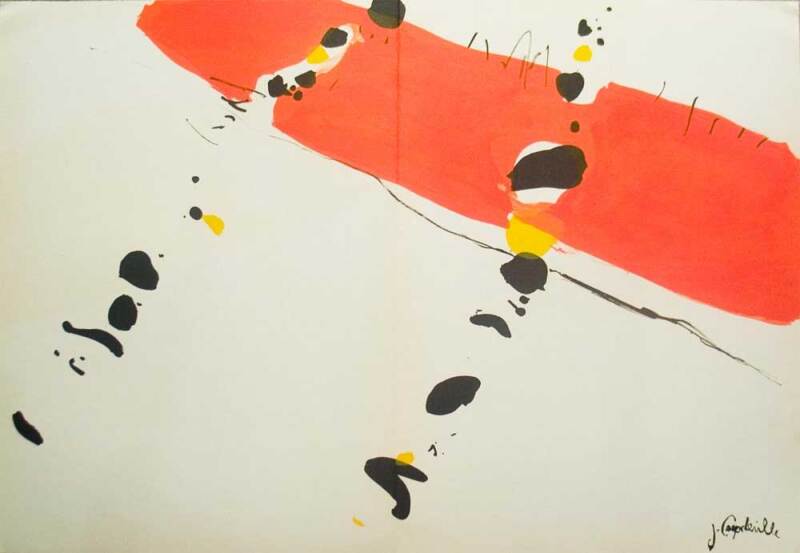
The 19th century saw the lithographic process become established after a period of experimentation and learning, but lithography really took in the 20th century with Paris leading the way. Leading artists worked with leading printers and it became a staple of fine art printing. Many of the great artists have created lithographs including Pablo Picasso, Marc Chagall, Henri de Toulouse-Lautrec, Edvard Munch, Edgar Degas, Joan Miró, Francisco Goya, Eugène Delacroix, Grant Wood, Jasper Johns and David Hockney.
As always with books, buy and collect the prints you love rather than accumulate to make money. The choice is huge - abstract art, birds, animals, portraits, pen-and-ink drawings.
Research the artist - did they allow the creation of numerous lithographs or just a handful? This will affect price and scarcity. Visit museums and galleries and look for prints of significance. Read biographies. Learn why one lithographic is more important than the next one.
Think beyond the big names - many unheralded artists produce memorable art via this method.
A signed and numbered lithograph is potentially more expensive but - just like a book - it's a thrill to own a signed piece of artwork from an artist you admire. It's not often that you will see a No.1 become available if it's from a major name. Potentially prints from a run of 10 are going to be more expensive than a run of 300.
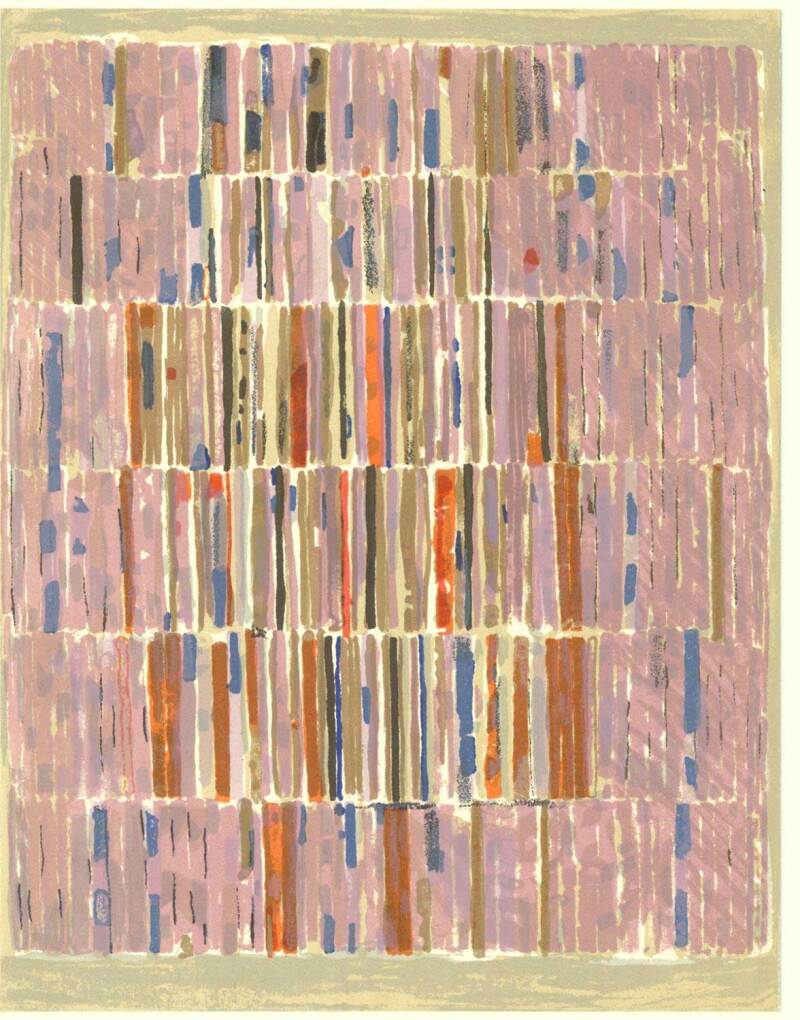
Understand the purpose of the lithograph. Is it designed to be a standalone piece of artwork or an illustration designed for use in a book. It may even have been separated from a book in order to become a standalone piece of art.
Understand its history and condition. Who owned it previously? Are there pin-holes? Smudges are not necessarily the worst thing for a hand-printed item. Enquire about the quality of the printing and the paper. Is a 100-year-old print standing up well to a century of admiration from several owners? Prints are fragile - look for acid damage. If a print has been framed, check for damage from tape or even the frame itself. Prints can be framed but they are often suspended without frames.
Happy hunting.
